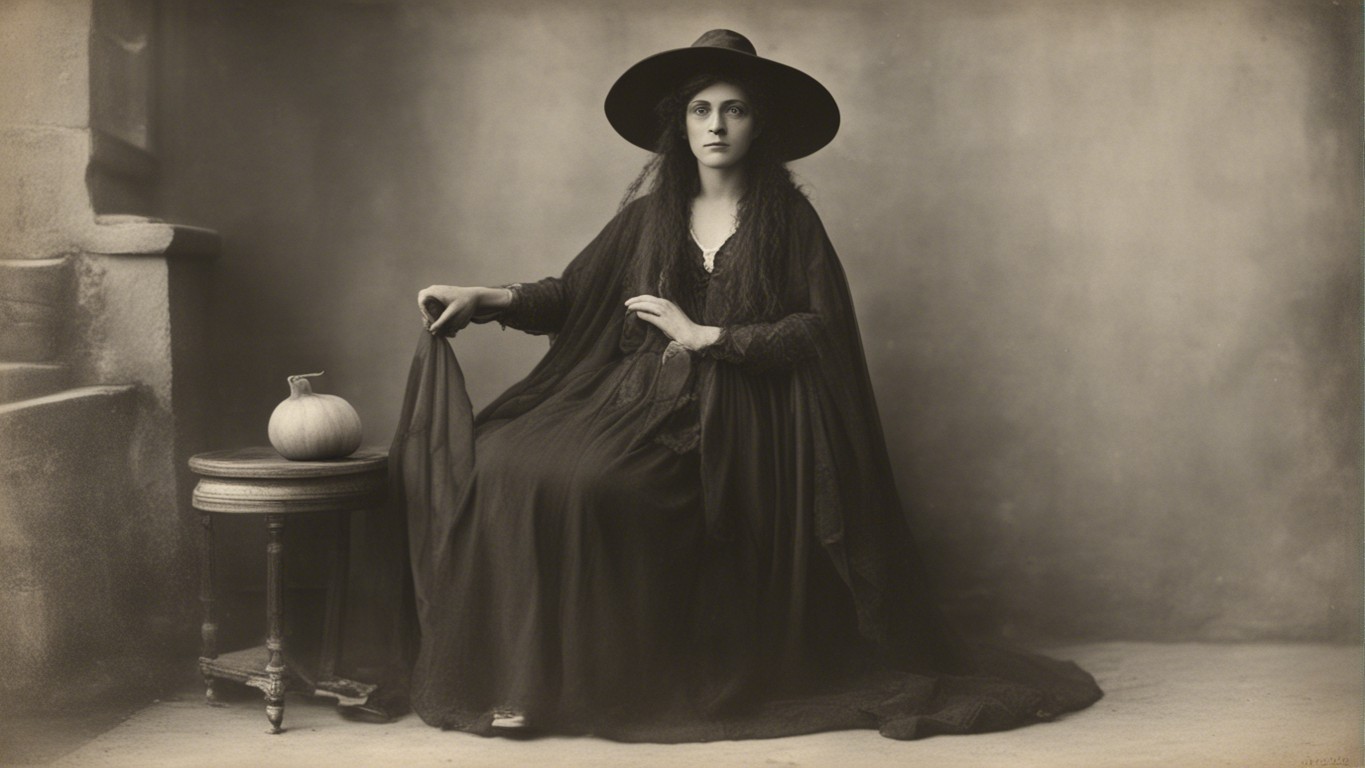The Web of Enriqueta Martí
Enriqueta Martí, known as the “Vampire of Barcelona,” was a notorious figure in early 20th-century Spain. Accused of kidnapping, child trafficking, and witchcraft, Martí’s case exposed the grim underbelly of Barcelona. Although referred to as a “witch,” her crimes were less about the practice of witchcraft and more a sinister combination of kidnapping and exploitation, often leading to death.
“Criminologists see Enriqueta Martí as a complex figure whose actions blurred the lines between crime and folklore,” commented Alberto Sanz, a Spanish historian specializing in criminal history.
A Predator in the Midst
Enriqueta Martí posed as a beggar or prostitute to blend in with the society of her time. It was this guise that allowed her to get close to her victims—usually young, vulnerable children who were then kidnapped. She would keep these children captive, often in terrible conditions, while she exploited them for various purposes.
“Martí used her social invisibility to become a predator. Her victims were often society’s most vulnerable, making their disappearances less likely to be investigated,” said criminologist Sofia Moreno.
The Alchemy of Evil
Enriqueta Martí was said to prepare potions and ointments using body parts of her victims. These were then sold to rich clientele who believed in their supposed magical or curative properties. While no definitive evidence of formal witchcraft practices was found, her actions were deeply steeped in the occult and superstitious beliefs of her time.
“The sale of body parts for curative or magical purposes harks back to ancient superstitions and practices, making her one of the most disturbing criminals of her era,” noted historian Cecilia Aragon.
The Arrest and Public Sentiment
Enriqueta Martí was eventually arrested in 1912 after one of her captive children was discovered. Her arrest led to widespread public outrage, and her case captivated the nation. Newspapers ran sensational stories, amplifying her already terrifying persona.
“Martí’s arrest tapped into the fears and anxieties of the public, making her an embodiment of evil in popular imagination,” observed cultural anthropologist Maria Lopez.
The Mysterious End and Continuing Fascination
Enriqueta Martí died in prison under mysterious circumstances before she could stand trial. While some believe she was killed by fellow inmates, others speculate that she was silenced to protect her high-profile clientele. Her death did little to quell the public’s fascination with her; she continues to be a subject of books, documentaries, and academic studies.
“The enigmatic circumstances surrounding her death have only fueled the public’s fascination with her. Martí remains an enigma, a dark chapter in Barcelona’s history that refuses to close,” stated journalist Carlos Ruiz.
A Tale that Echoes Through Time
Enriqueta Martí remains a dark and complex figure that haunts the collective memory of Barcelona. Her actions serve as a grim reminder of the depths of human depravity and the persistence of superstitious beliefs that can be exploited for nefarious ends.
“Enriqueta Martí serves as a case study in the intersection of crime, folklore, and societal fears. Her legacy is a complicated tapestry that still invites exploration and analysis,” concluded Elena Garcia, a sociologist specializing in crime and society.
